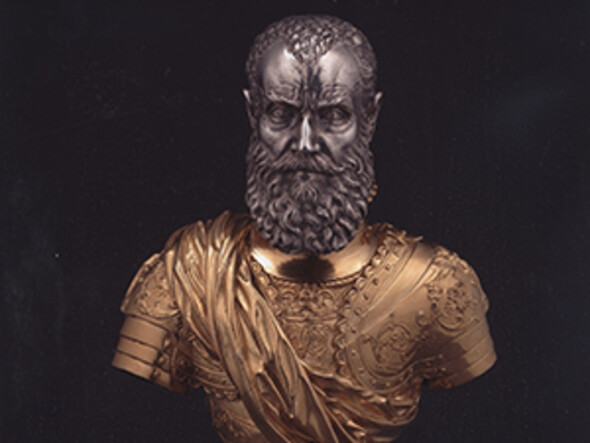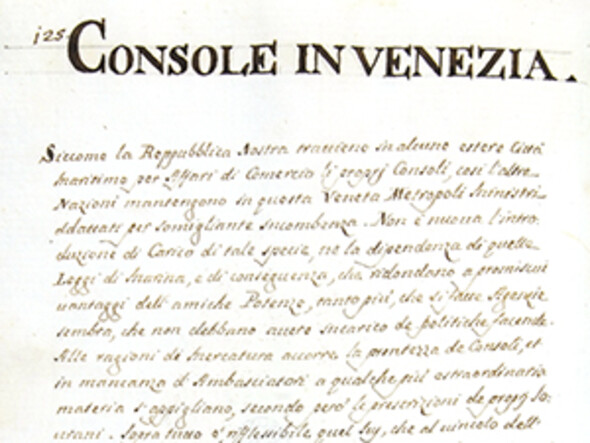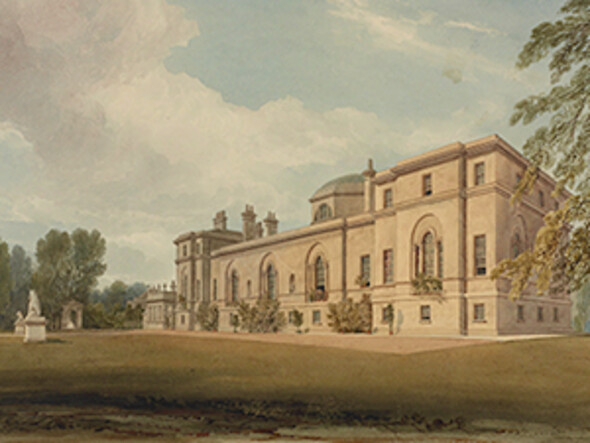Want to continue reading? Get 1 month digital access for only .
Subscribe now
By using this website you agree to our Cookie policy
In this issue we begin a series of articles publishing findings from the Modigliani Technical Research Study. By providing detailed scientific analysis of his working methods, this ambitious international collaboration between some twelve institutions promises significantly to advance our knowledge of an artist who was more experimental and improvisatory than the calm authority of his best-known works might lead one to expect.
The exhibition Textiles and Wealth in 14th-Century Florence: Wool, Silk, Painting at the Galleria dell’Accademia, Florence (to 18th March), presents Florence not only as a major artistic centre but also as a centre of commerce. In a display of textiles, ceramics, metal-work, documents and paintings, it explores the wealth created in fourteenth-century Florence through the manufacture of and trade in wool and silk textiles. The mercantile fortunes produced at this time would ultimately underpin the artistic and intellectual flowering of the Florentine Renaissance.
Over the next three months, the Burlington will be publishing a series of articles on the Modigliani Technical Research Study (2017–18), which was initiated by Tate during the preparation of its current exhibition on the artist. An exceptional example of international collaboration, more than thirteen institutions have contributed to the research. This introductory article explores the aims of the project and brings together some of its key findings.




